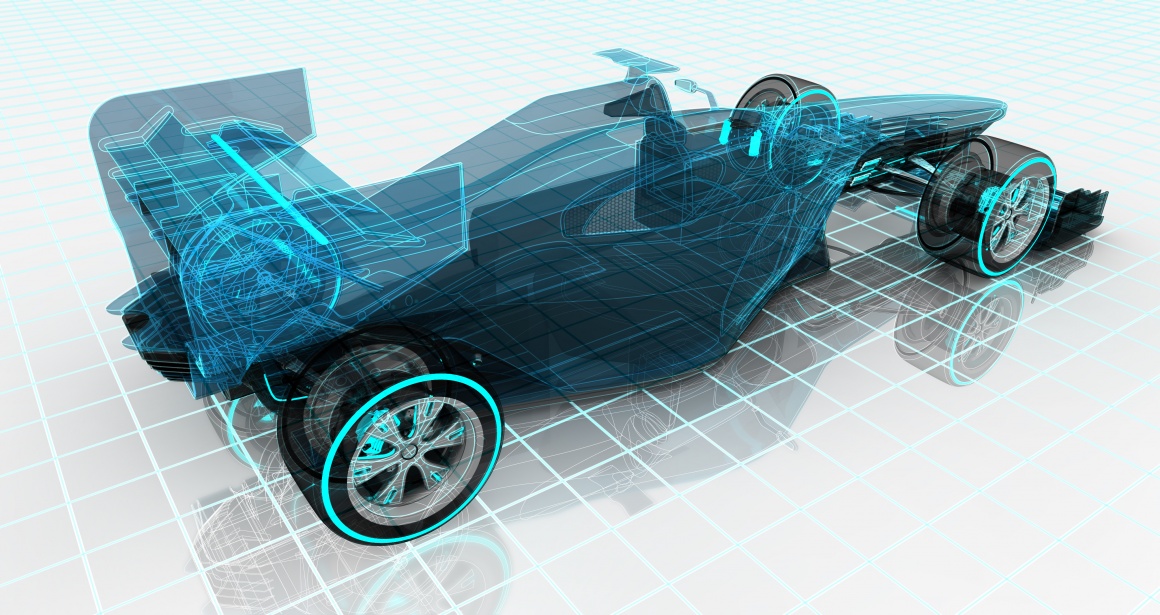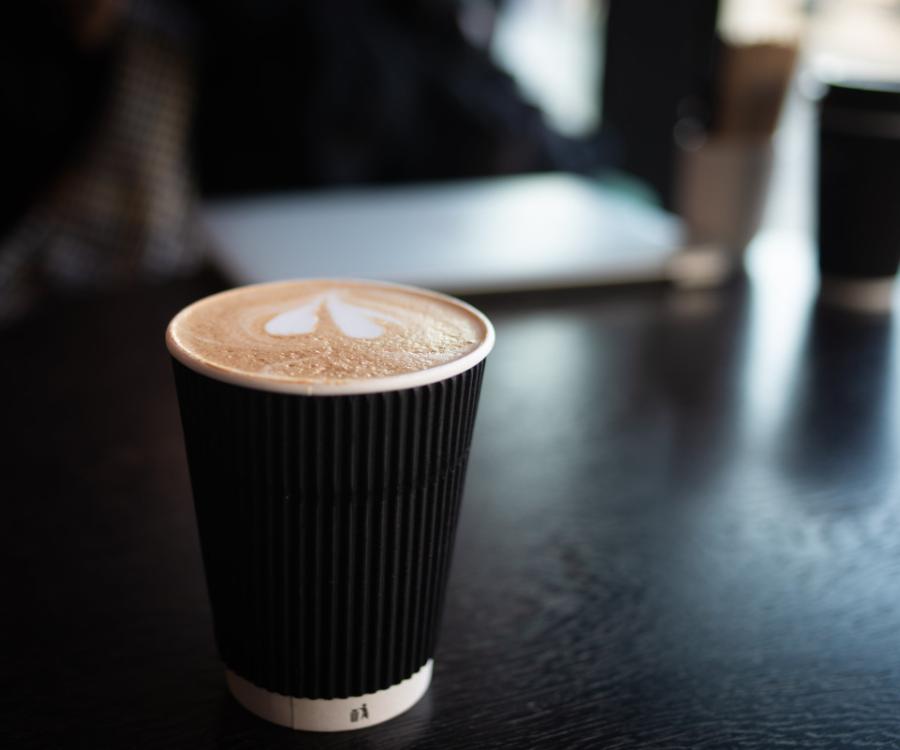It may be uncomfortable at times – but a change in perspective can help businesses to implement new ideas and successfully complete ongoing processes. Design thinking is a customer-centric approach that can help in this endeavor.
“What do my customers really want?" It’s quite possibly the most important question every retailer must ask and be able to answer, whether it's a large company or a small convenience store at the corner. That’s followed by "How can I implement this and make it happen?" There are many process redesign strategies. Design thinking is a well-established process that emerged in the 80s in the U.S.

What is design thinking?
The traditional product development process has companies consider the outcome. They subsequently study how they can achieve this result and then set the respective time and responsibilities (who does what and when).
"Meanwhile, design thinking focuses on the process. There are so-called circles where you keep trying, share learning experiences, try again, etc. This is how you inch your way to a successful solution, “ says Professor René Sadowski, Entrepreneurship & Innovation Management at the EBC University of Applied Sciences in Berlin. It sounds complicated, but is quickly and concisely explained by using the example of the Viessmann Group, a heating solutions manufacturer.
Viessmann: “Change your perspective by changing your way of thinking.“
The family enterprise Viessmann decided to team up forces from various departments such as logistics and marketing in an effort to make the company's portfolio even more attractive and to stay one step ahead of the competition. Today, the company devotes an entire department in Berlin that offers workshops for Viessmann employees and applies design thinking.
Mito Mihelic is one of the company’s coaches, who has traveled the world to teach design thinking at businesses and universities. Along with employers and users at Viessmann, he turns thinking upside down. The crux here is to put humans – and in this case customers - and their needs center stage. However, his approach as a design thinking educator isn’t always met with enthusiasm. Rethinking and starting over can be painful, because it can lead to insights that no one had thought of before. And then you have to rethink and change things again.
Mihelic says: "We surveyed customers about our Viessmann boilers. An elderly lady told us that she is unable to use her gas boiler ‘with the small TV screen in front’ as she put it. It turned out her husband desperately wanted the modern gas boiler with the display and took care of it until he passed away. Now she has to call her son, who lives 45 minutes away, to help her use it. Needless to say, our developers, who were proud and believed they had designed a great product, were not very happy about this particular testimony.”
As a result of this, the customer can now speak to a live person at Viessmann on the phone to help her or an associate is available to visit her for support.
The design thinking coach recalls another ‘aha!’ moment: "We wondered how much money our clients - in this case installation services – would be willing to pay annually to use one of our apps designed to manage their inquiries and appointments. The developers were surprised by the results: the installation services had no need for this type of app. When we conducted the survey three year ago, smartphones were not as commonplace as they are today. The installers scheduled appointments by phone and were busy all the time. That’s when the question changed to “How can we encourage our clients to use their smartphones and show the benefits of having an app?"

Cross-functional teams
Design thinking is not just a way of addressing customer expectations and integrating them into processes. It also reflects the multidisciplinary teamwork of people across different departments and responsibilities, who share their knowledge and experience.
The Dutch Bank ING (ING-Diba in Germany) no longer uses functional structures as we know them, but uses a customer journey model across its organization. "The bank considers customer expectations when they open a bank account for example: How long do customers expect this process to be, which forms are they expected to fill out etc. The bank checks the products and services it offers and subsequently creates the respective organizational structure. This strategy is very successful and the company has been flooded with applications,” says Professor Sadowski. He adds, “people from different backgrounds and hierarchies work together during the various journeys. Things are reshuffled again for the next projects.“
The transformation took over two years. Good things take time. The implementation of a fresh approach to process improvement is no exception.
The right leadership is key
Sadowkski adds that sometimes only certain projects are implemented by using this model. It’s important that top-level management is on board and wants to implement this method and consistently apply the new structures. It is crucial to reframe every step from a customer focus.
The expert underscores that this approach can also be implemented by small and medium-sized enterprises. "I work with a lot of startup companies in Berlin. Oftentimes, they already apply many elements of design thinking, without even being aware of it.”
The simple example of a brick-and-mortar retailer shows the benefits of the method. This particular retailer wanted to track customer movement through the store. The SAP company sent a design thinking bus with its experts to the retail store, teamed up with on-site employees to identify desired goals and pondered what tools they need to reach them. In just one week, the team generated an analysis by using heatmap cameras and a study of collected data via cloud software. The results led to an immediate reorganization of shelves and customer paths - with a proven record of success.
It shows that design thinking sometimes doesn’t take long to deliver fast results. A great way to stay competitive.





